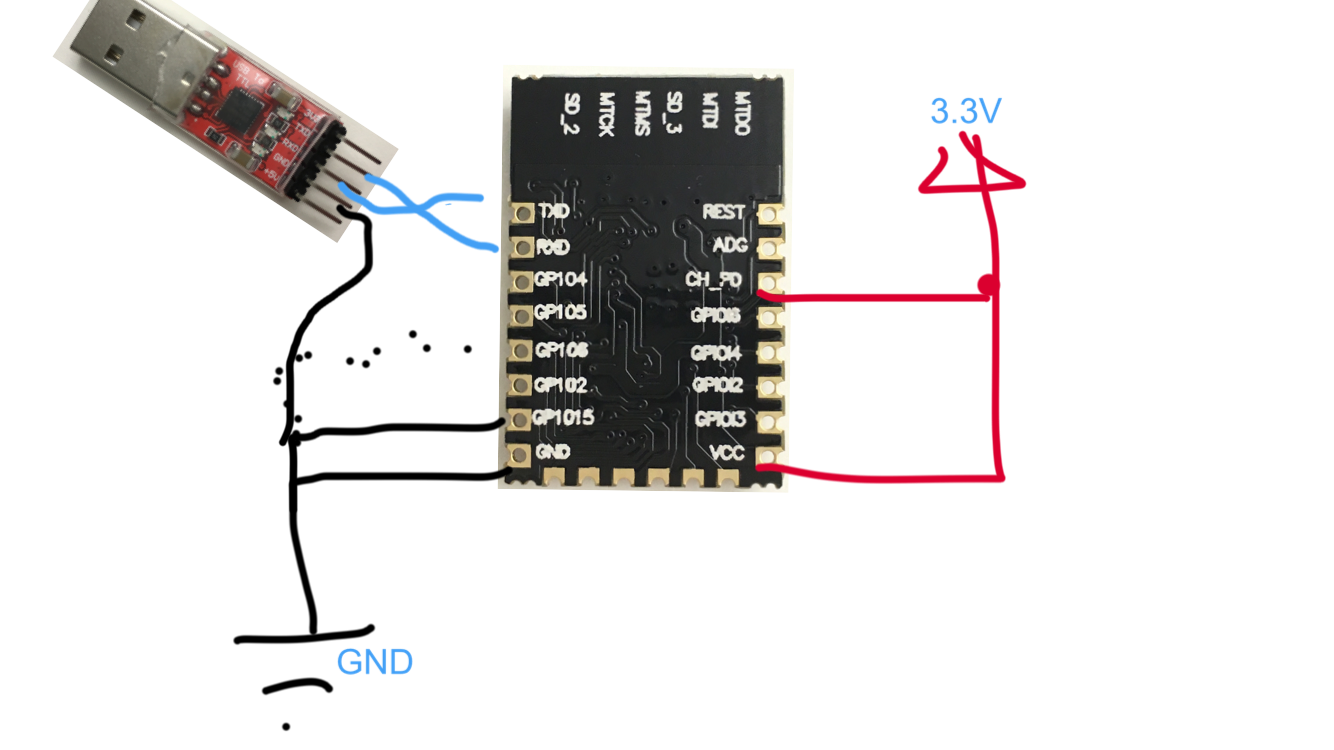
Wireless ESP8266 12E ESP12E
Step 1: Breakout the ESP8266 ESP-12 Onto a Perforated Board The ESP-12 has a 2mm pitch, which means you cannot access all the pins on a breadboard or a perforated / dot matrix directly, which have a 2.54mm pitch (distance between adjacent pins). You could use a Xbee adapter board, but there's an easier way out.
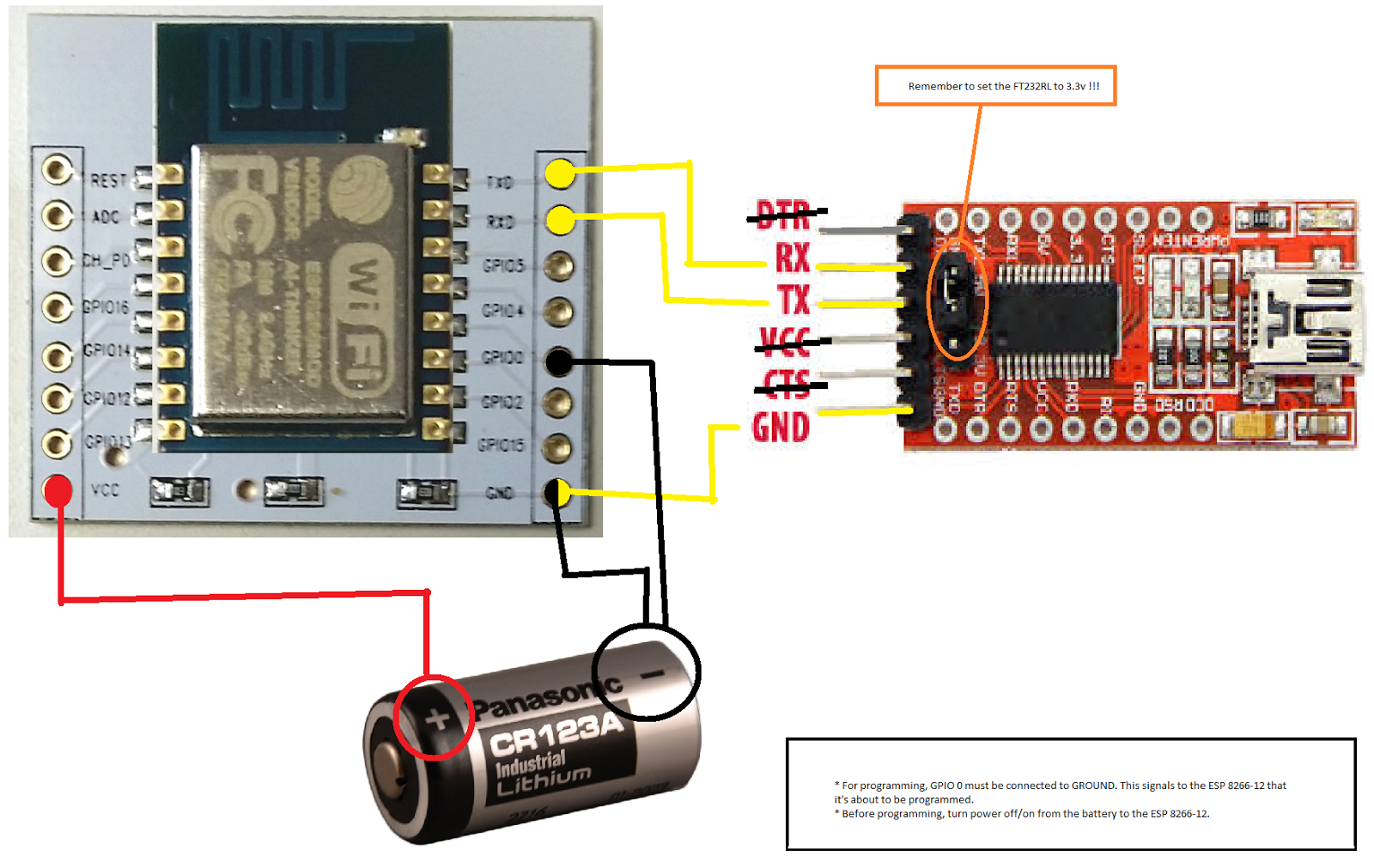
technical stuff, hopefully useful to some Programming a standalone ESP 826612 using Arduino
Overview of ESP-12E. ESP-12E is a member of 'ESP-XX' series. Although all of them are based on ESP8266 SoC, they differ in on output pins, flash memory and antenna type. These modules numbered from ESP-01 to ESP-15 and are best in performance and cost. Many engineers use these modules to setup a wireless communication between two applications.
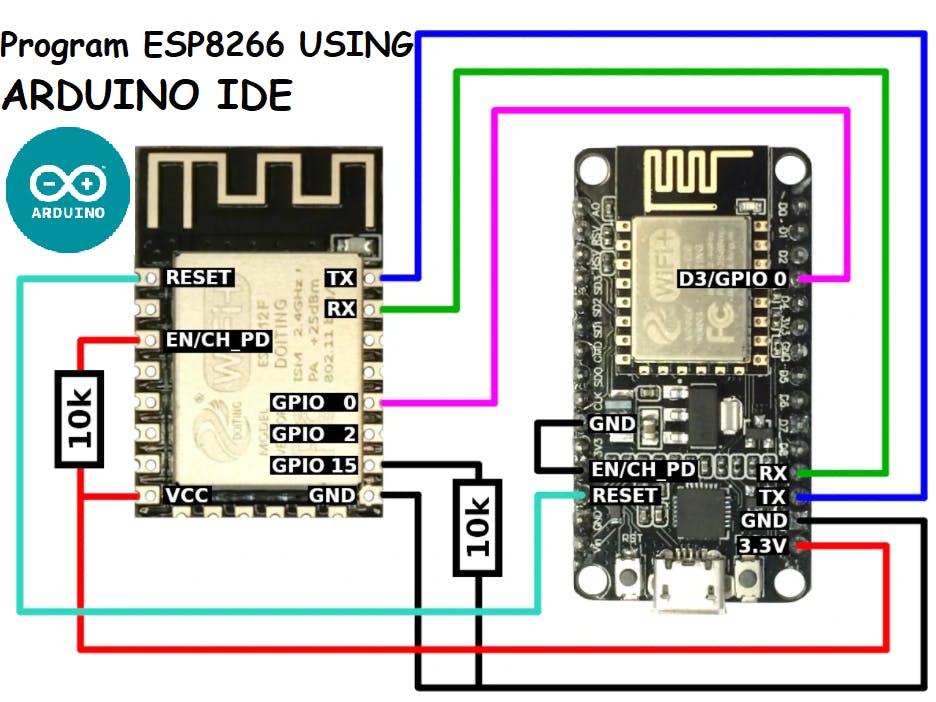
How to program ESP826612E using Arduino IDE Hackster.io
Method 1: "Frog" Pin Programmer 1 / 2 This is probably the easiest way to program an ESP12 module. You basically just pop the module into the board and then it behaves exactly like one of the development boards mentioned earlier. I selected the Wemos D1 Mini board from the boards drop down when programming.There downsides to this method are:

Programming ESP8266 With Arduino IDE The Easy Wayelab Rik
Using FTDI The basic way to upload code to the ESP8266-12e in standalone mode is by connecting it to an FTDI module. I took this one by Sparkfun. The connections are simple, but when searching on Google for "ESP8266-12E FTDI" I got many results that were either not written clearly, lacked a schematic diagram or were missing details.
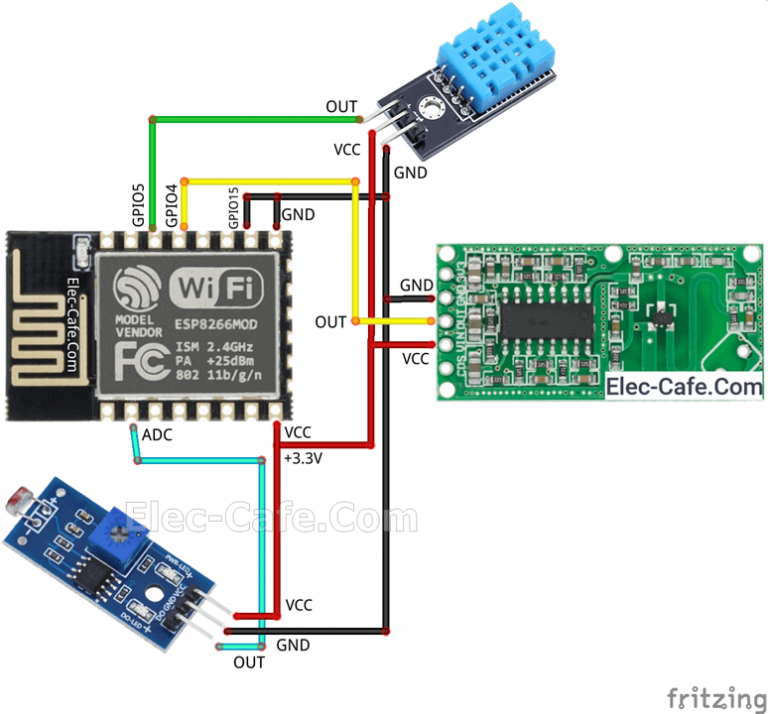
ESP8266 ESP12E Multi Sensor with Home Assistant (ESPHome)
VS Code and PlatformIO ESP8266 Pinout ESP8266 Inputs Outputs ESP8266 PWM ESP8266 Analog Inputs ESP8266 Interrupts Timers ESP8266 Deep Sleep Protocols ESP8266 Web Server ESP8266 MQTT ESP8266 ESP-NOW ESP8266 Wi-Fi ESP8266 WebSocket ESP8266 ESP-MESH ESP8266 Email ESP8266 HTTP GET POST HTTP GET Web APIs HTTP POST Web APIs ESP-NOW One-to-Many

5 Simple Steps For Programming ESP8266 NodeMCU 12E Using Arduino IDE
1.9K Share 132K views 3 years ago Tutorials In this video, I will explain how to prepare your Arduino IDE to upload sketches into the ESP8266 microcontroller and connect to an ESP-12E /.
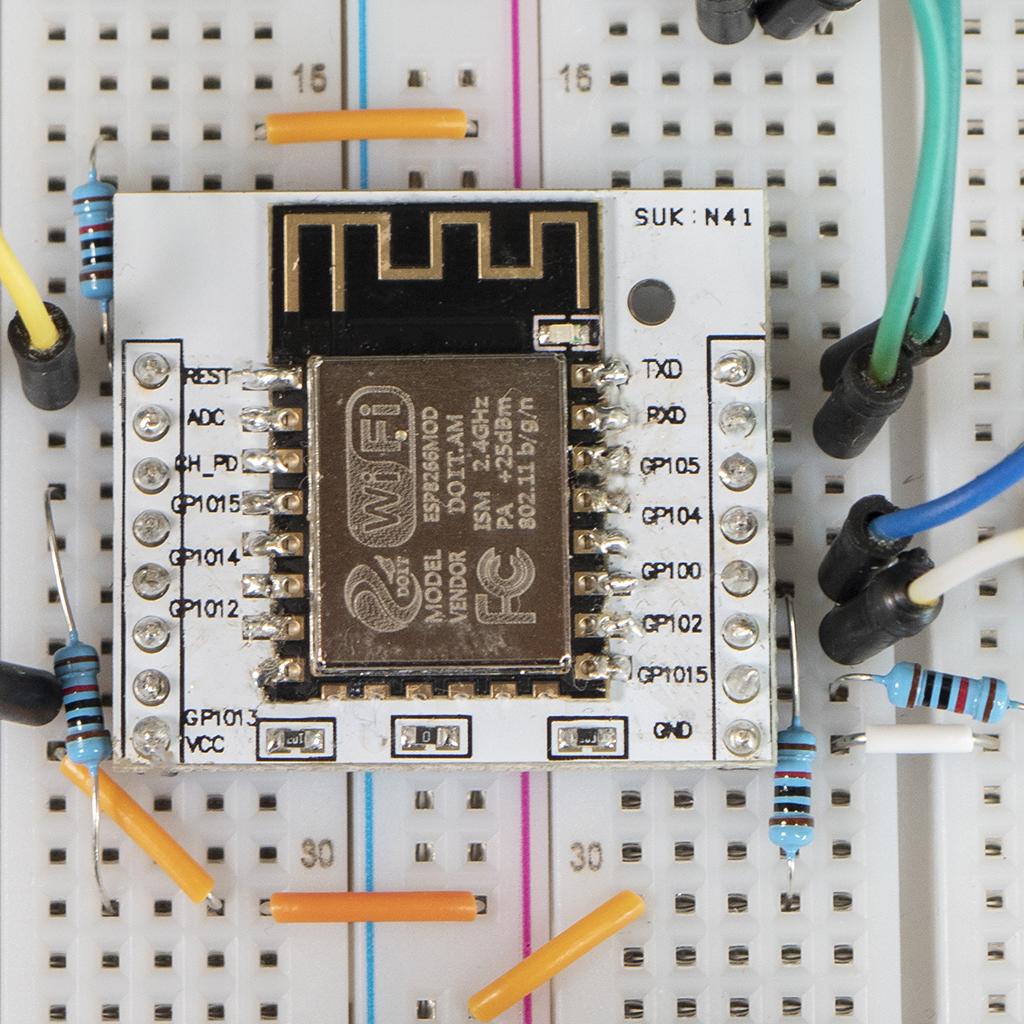
ESP8266 Firmware Update Guide
Hi guys, today I'm going to discuss Esp IoT module features and program this module using Arduino IDE. Usually, a Usb to TTL programmer can do the job perfectly but in order to make this simple we are using NodeMcu. Esp8266-12E is a Wi-fi based microcontroller. This is my first project with this type of microcontroller, just getting started.

ESP826612E/F Module Programmer Full DIY Project
We can reboot the ESP8266-12E/F in multiple booting modes by pulling up or down on specific GPIOs. In order to upload the firmware, we should first boot the chip in programming mode. The chip should boot in flash start-up mode during regular modes. As a result, we're just interested in the first two booting modes.
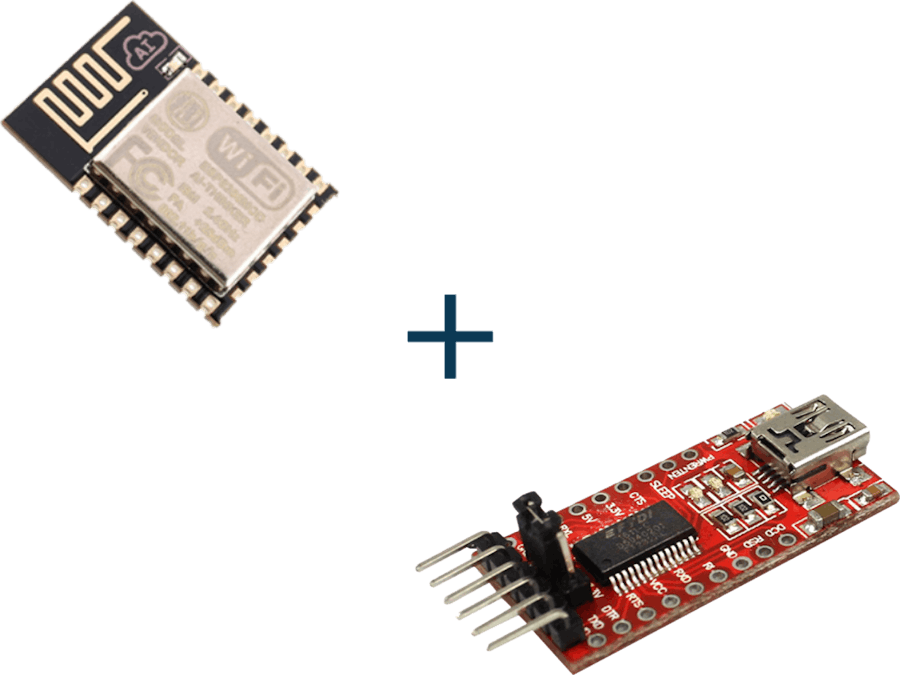
Program ESP8266 ESP12E With Arduino Using FTDI Cable Hackster.io
Step 1: Connecting the ESP8266-12E How Do I Connect This To My Stuff? One of the obstacles people encounter early on with using the ESP8266-12E is that it has only pads, but not any sort of pins, and the pads have a 2 mm spacing pitch.

Programming ESP12E / ESP12F / NodeMCU With Arduino IDE Circuit Journal
The ESP8266 is like an Arduino with a builtin WiFi, the MCU and WiFi circuitry are in the same chip. Consider Arduino + WiFi Shield = ESP8266. In this instructable I will provide a step by step guide to procure and programming an ESP8266-12E WIFI Development Board.

ESP8266 ESP12E/F Digital Output LED Blinking on Arduino IDE Robo India Tutorials
1. Preparing Your Arduino IDE for ESP8266 2. Arduino Code 3. Connecting to ESP-12E/ESP-12F Board Via USB 3.1. Connecting a USB-to-Serial Adapter to ESP-12E/ESP-12F 3.2. Uploading Arduino Code to ESP-12E/ESP-12F With a Programmer Board 3.3. Uploading Arduino Code to ESP-12E/ESP-12F With a Witty Cloud Development Board 3.4.
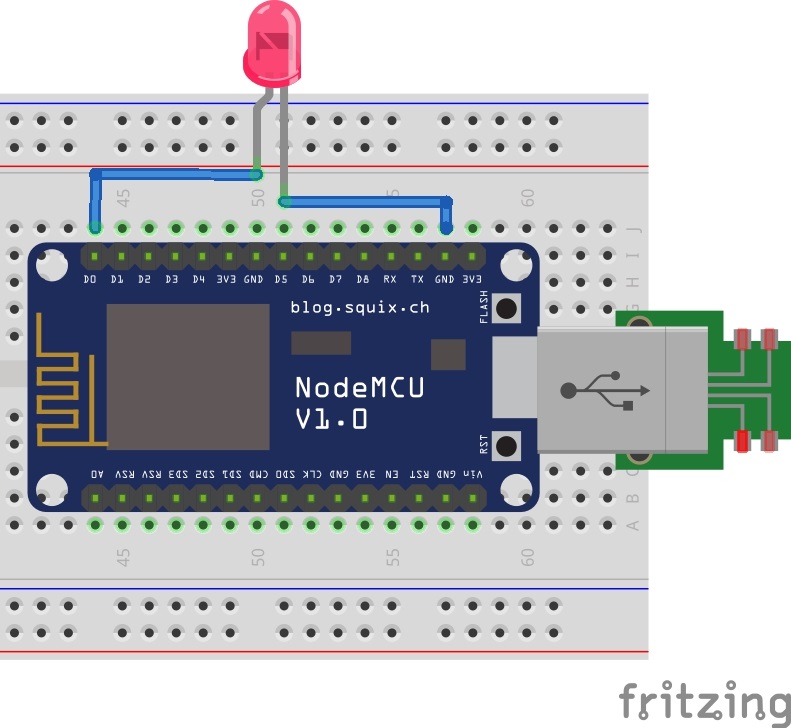
Electromania How to program ESP8266 ESP12E NodeMCU using Arduino IDE
Step 1: NodeMCU ESP-12E Pin Mapping First and foremost word of - CAUTION ! * The ESP8266 chip requires 3.3V power supply voltage. It should not be powered with 5 volts like other arduino boards. * NodeMCU ESP-12E dev board can be connected to 5V using micro USB connector or Vin pin available on board.
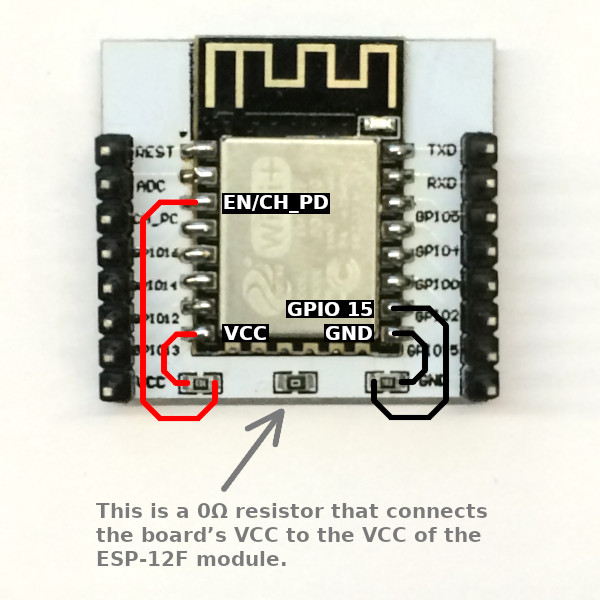
Programming ESP12E / ESP12F / NodeMCU With Arduino IDE Circuit Journal
Esp8266-12E is a Wi-fi based microcontroller. This is my first project with this type of microcontroller, just getting started with this. Here are some of the specifications: 1) 32bit MCU 2) 10 Bit ADC (analog to digital converter) 3) 7- GPIO (Input/Outputs) 4) Wi-Fi 2.4Ghz 5) Operating voltage: 3v to 3.7v 6) Operating current: 80mA
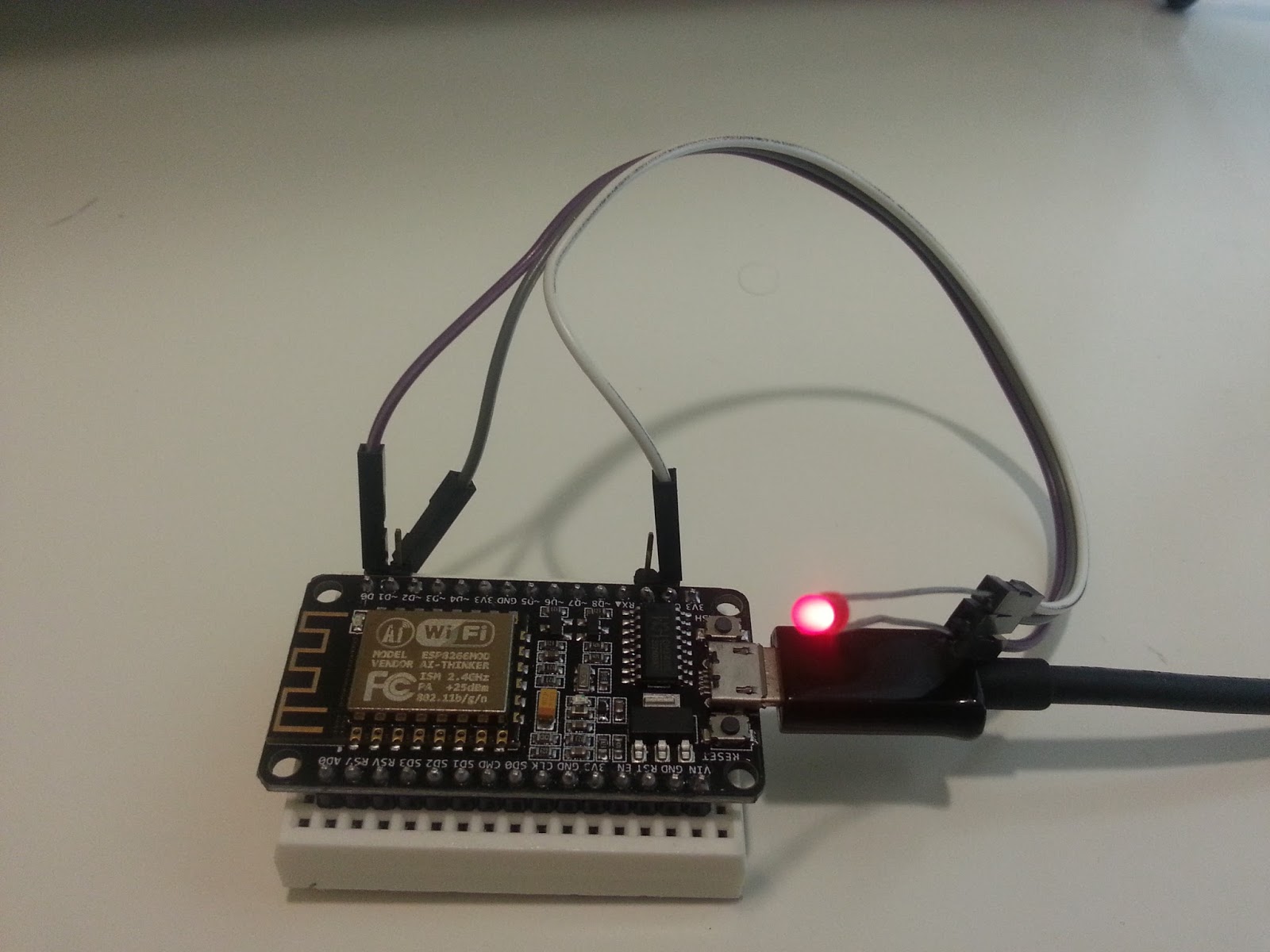
Electromania How to program ESP8266 ESP12E NodeMCU using Arduino IDE
The ESP8266-12 E/F module programmer used by the author is shown in Fig. 1. Fig. 1: ESP8266-12 E/F module programmer used by the author The process of designing and building a project using ESP8266 can be broken down into two distinct steps: hardware and software.
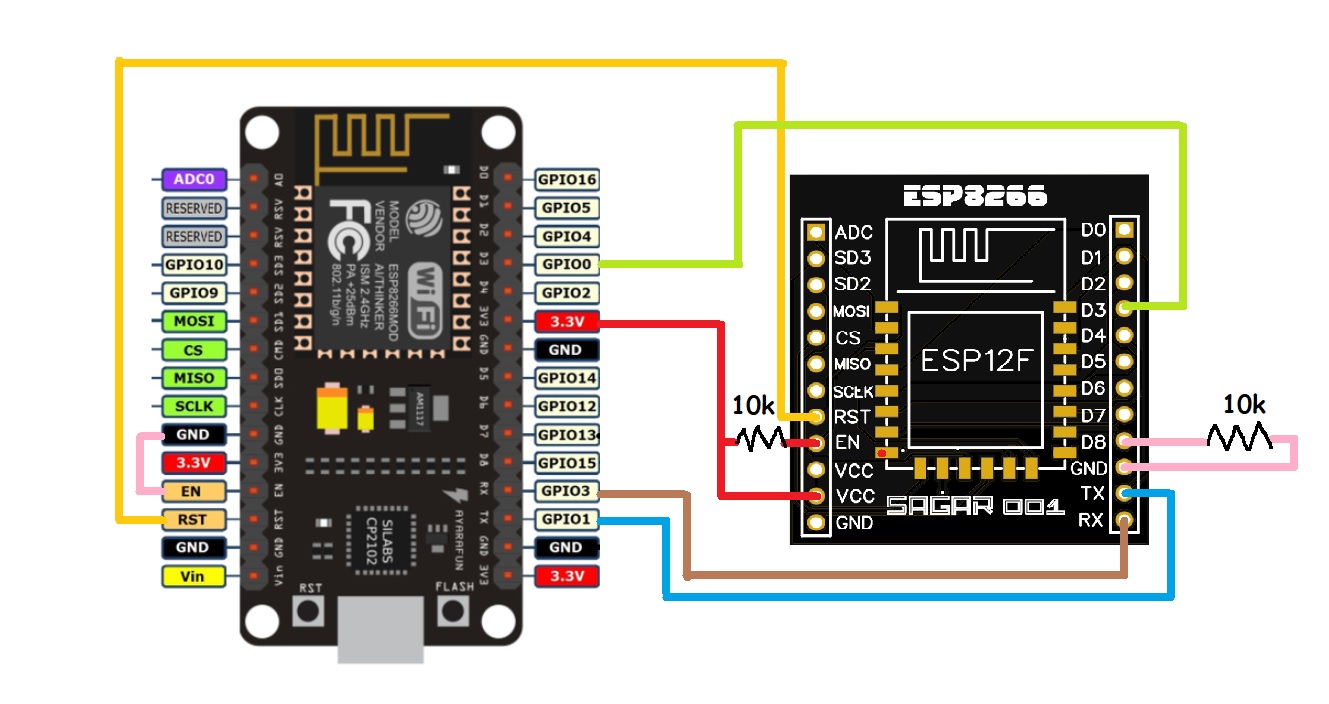
Files How to program ESP826612E using Arduino IDE Hackaday.io
Programming the module To program the ESP12E/F module, you must first put it in Program Mode. you must: - Pulled up RST, EN and GPIO0 pins with 10K ohm resistor. - Pin GPIO15 must be pulled.
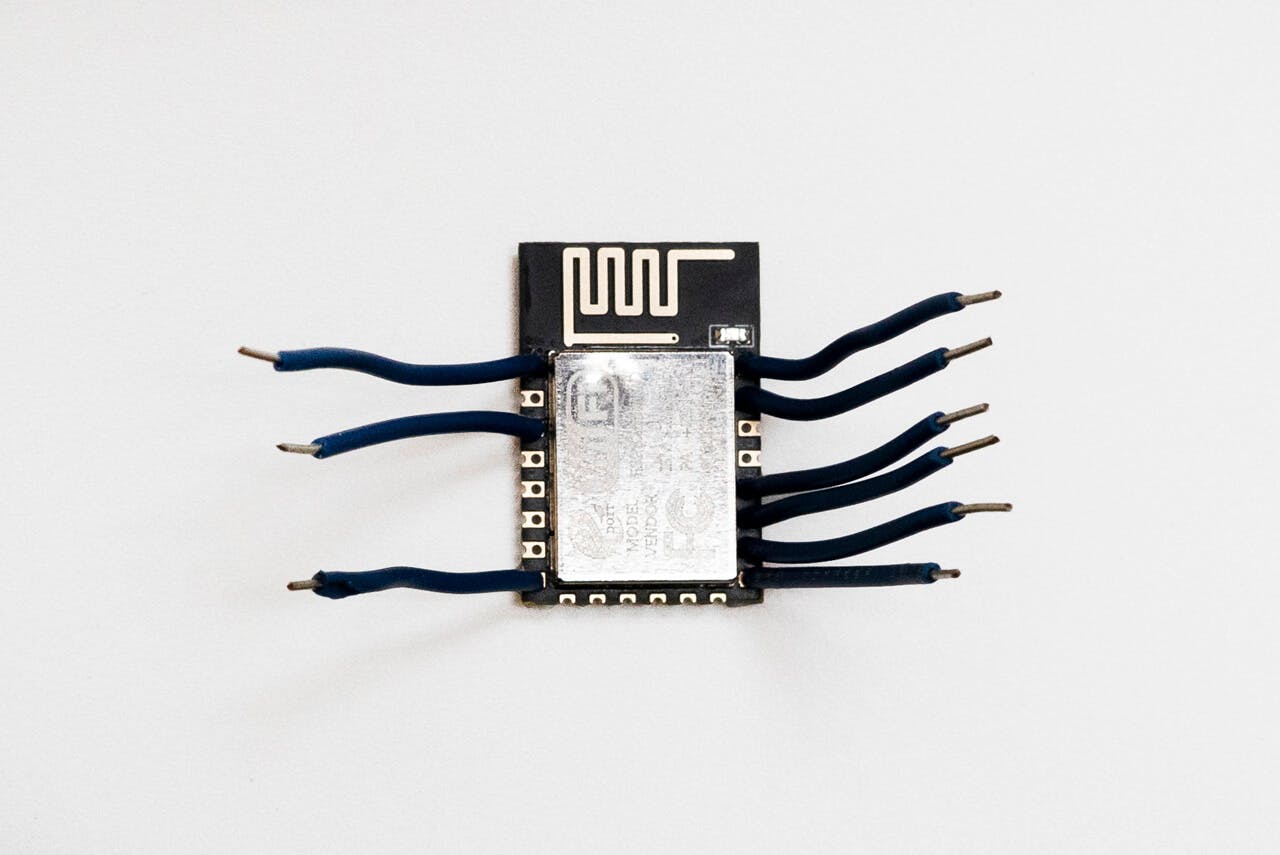
How to Program ESP826612e
Article Contents ESP8266 Microcontroller ESP8266 Module Versions ESP8266 Programming NodeMCU ESP8266 ESP8266-12E NodeMCU Pinout NodeMCU ESP8266 Datasheet Material Needed ESP8266 with Arduino IDE STEP 1: Install CP2102 Driver STEP 2: Install Arduino IDE STEP 3: Configure Arduino IDE STEP 4: Configure NodeMCU Board STEP 5: Flash your First Program